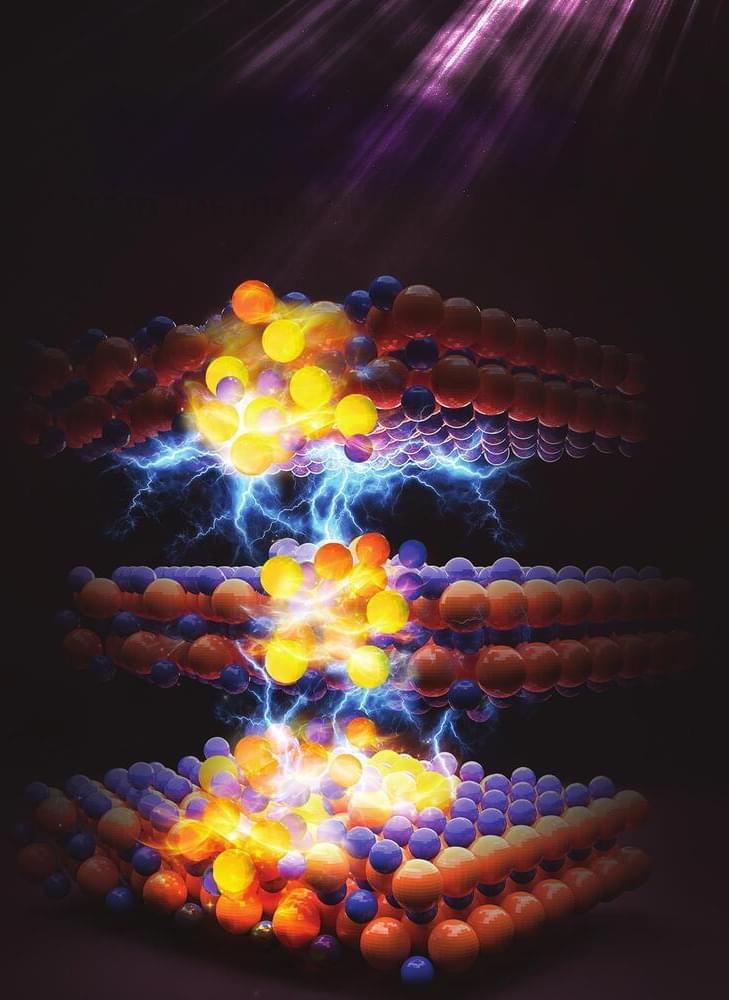A 2023 epidemiological study revealed that 56% of a large Caspian tern breeding colony at Rat Island, Washington, succumbed to an outbreak of highly pathogenic avian influenza. Following this event, no birds have successfully bred on the island, heightening concerns about the outbreak’s potential impact on an already declining Pacific coast population.
As part of the study, a team including Washington Department of Fish and Wildlife (WDFW) as well as Washington State University researchers also documented that the avian flu virus H5N1was transmitted to harbor seals for the first time in the northeastern Pacific.
While there has not been another large coastal wildlife outbreak of H5N1 since, researchers estimated that about 10–14% of the Caspian tern population in the Pacific flyway have been lost to H5N1 infections.









